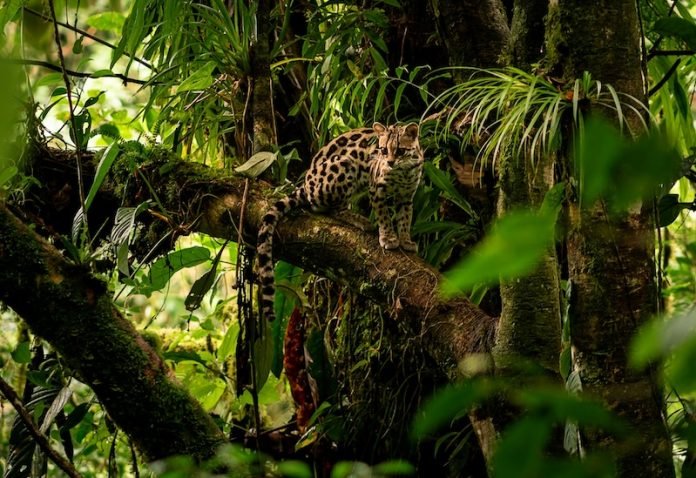
A pivotal study published in Nature by a team of international researchers, including experts from the Potsdam Institute for Climate Impact Research (PIK), sounds the alarm on the Amazon rainforest’s future.
It reveals that nearly half of this vital ecosystem could be on the brink of a large-scale collapse, with profound consequences for global climate patterns.
The research pinpoints that up to 47% of the Amazon is currently under threat from a combination of climate change-induced droughts, rampant deforestation, and fires.
This confluence of factors is eroding the Amazon’s inherent resilience, edging it closer to a tipping point that could irreversibly transform it from a lush rainforest into a savanna-like landscape.
Boris Sakschewski, a scientist at PIK and one of the study’s authors, emphasizes the severity of the situation. The southeastern Amazon, once a crucial carbon sink, now emits more carbon than it absorbs due to excessive human pressure.
This shift not only impacts the Amazon itself but also disrupts precipitation patterns across South America through a domino effect of diminishing forest cover.
The study identifies five critical factors influencing the Amazon’s stability: global warming, annual rainfall, rainfall seasonality, dry season length, and deforestation levels. It suggests specific thresholds for these variables to prevent the Amazon from reaching its tipping point.
For instance, the research indicates that the Amazon cannot sustain itself with mean annual rainfall below 1000 mm. More alarmingly, rainfall below 1800 mm annually could precipitate an abrupt transition to savanna-like vegetation, exacerbated by the increasing frequency and severity of droughts and forest fires.
The implications of Amazonian deforestation extend beyond regional climate disruption. The Amazon plays a crucial role in the global climate system, storing carbon equivalent to 15-20 years of current human CO2 emissions.
Its degradation would not only accelerate global warming but also lead to dire consequences for biodiversity and indigenous communities.
The study also explores the potential outcomes for disturbed forests across the Amazon. While some areas might recover but remain in a degraded state, others could transition to an open-canopy, more flammable ecosystem, further facilitating the spread of fires.
To avert this crisis, the researchers advocate for a dual approach: halting deforestation and forest degradation while promoting restoration efforts. Additionally, a global commitment to reducing greenhouse gas emissions is deemed essential.
Niklas Boers, a co-author and leader of the Future Lab “Artificial Intelligence in the Anthropocene” at PIK, stresses the need for local and global actions to safeguard the Amazon within safe ecological thresholds.
This study not only underscores the Amazon’s precarious position but also calls for immediate and concerted efforts to preserve this irreplaceable ecosystem for the health of the planet.
The research findings can be found in Nature.
Copyright © 2024 Knowridge Science Report. All rights reserved.



